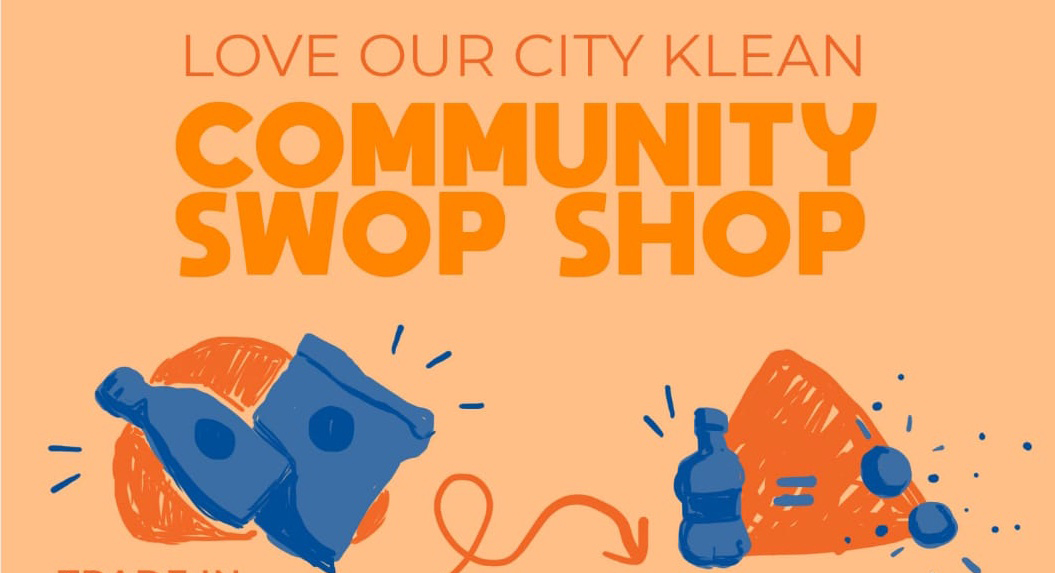
5 Marketing Points in 5 minutes
Besides business tools and bottom lines, the other Baader-Meinhof themes within our content have probably been marketing and branding. With so many modern consumers having access to so much media, the modern brand is so vain that every word, every look & each nuance has to be crafted and packaged as part of the brand’s “experience”.

In our ‘Marketing & Sales for Startups’ article, we defined marketing success as “generating sales and building brand awareness”. After joining another member Knowledge Session we’ve added “creating and communicating customer value” to that list, and tried to put together 5 points that can help you survive your marketing.
In good times and PR Storms.
Your Personal Marketing Playbook in 5 Keys

1. New Markets
One of the primary ways businesses try to grow their market share is by attempting to reach new markets, mostly with new value offerings or innovations.
“When you’re innovating, be careful not to create new problems for your customers..” – Sibongile Musundwa
By finding approaches or technology that competitors don’t have, innovative businesses can essentially create new markets or change the sizes of existing ones (and the world) forever [think of a giant online shopping startup vs. a major chain with 700 physical stores). In such situations, innovators put themselves in the perfect position to grow their business and master the new market while their competitors are left playing catch up.
Disruptive Innovations are one of the best ways startups can thrive in markets dominated by established players.
2. New Opportunities
Closely related to New Markets, another way businesses try to create more value is by capitalizing on “current” situations. You may have seen this at play with all the COVID-19 marketing and PSAs.

Generally, being “tactical” is an integral marketing strategy for brands that always try to keep up with what’s currently happening…
e.g. what the kids are saying these days;
who/ what is trending?;
What’s happening in the streets?
Whenever the world changes, these business’ marketing departments aim to capitalize on new problems by offering new solutions or banking on the general mood with crafted messages [e.g. “Don’t just BEAT high prices, BEAT COVID by staying home and using our (freshe) new essentials delivery service!”]

Another COVID-19 example of contextual marketing at play, is how the lockdown created an opportunity for the events industry to share the “live concert” experience with people who don’t really go out even when the world is open. The outlawing of physical gatherings meant businesses had to find crafty ways to share their products with more people than they could have ever imagined [Think of selling 100 tickets to a gig, vs. serving 100 000 viewers on a live stream].
While the pool of consumers essentially got bigger, the new challenge was figuring out how to turn them (or others) into paying customers.
3. New Value Propositions
In efforts to reach new customers, businesses may create alternative options for their current market or a New Market altogether.
This is effective when businesses are trying to maintain the integrity of a “premium” offering, especially if that premium offering’s sales have dropped. Instead of dropping the price of their main offering, these businesses may try to create a “cost-conscious” alternative geared towards students or lower-income groups.
This way, a company can make money without compromising the brand they’ve built around their premium offerings.
Did you know:
As a company, Volkswagen (VW) is a giant umbrella that includes Audi, Bentley, Bugatti, Lamborghini, Ducati, MAN and Porsche, among other vehicle lines?
Luxury is luxury, there are no cheap ways around it.

4. Old Tricks
Tastemakers, authorities, influencers, connoisseurs, ambassadors…
Whatever we call them, customers are more likely to “hear something out” when a human voice says it instead of a brand.
Influencers and their platforms are great ways for businesses to tell their stories and share the benefits of their offerings to people who may have never listened to them otherwise.
“My favourite thing about the B34-8FH is this awesome [silent] feature that tunes out all those weird ‘other fridge’ noises, so I can get my good night’s sleep.” – Generic Kitchenware Influencer/ Blogger
5. (LbnL) Beware of adoption barriers
“Adoption Barriers” are things that could discourage a customer from buying or even trying your products.
Going back to Sibongile’s quote about creating new problems while solving current ones, businesses should use feedback and other market research methods to minimise the amount of things that could make their products appear unnecessarily complicated or “just not worth it” to their customers. As your organization’s market research department, you should actively be using surveys, communication, samples and other data-gathering methods to find out how your consumers and general market feel about you…

Your Complete Marketing Playbook
A more concise kit can be found within the focus points below. Can you notice which of these are related to the 5 keys above
- Opportunity
- Our customers
- Our competitors
- Our operations
- Collaborators
- Our context
- Our marketing capabilities
- Our brand strategies
Even though “marketing”, as a thing, is so broad that almost every part of doing business sort of touches it, here are some links we’d recommend for you to read up more on some of what we talked about in this piece.
[1] The Human Element w/ David Tshabalala
[2] That Digify Africa Digital Business Guide
[3] Marketing & Sales for Startups w/ Bernard Moshabane
[4] An ‘Adoption Barriers’ definition from strategictoolkits.com
Otherwise, stay dope and support our member businesses. See you at Level 01…
Written by: Lungelo Hlela (I am Multeemedia) // Images taken by: @dayphotolife
– – – – –
Lungelo Samkelo Hlela has won (Loerie, Bookmark & Creative Circle) awards for his work as a digital copywriter. With “nothing to share”; he has been a contributing writer on our blog since 2018.






